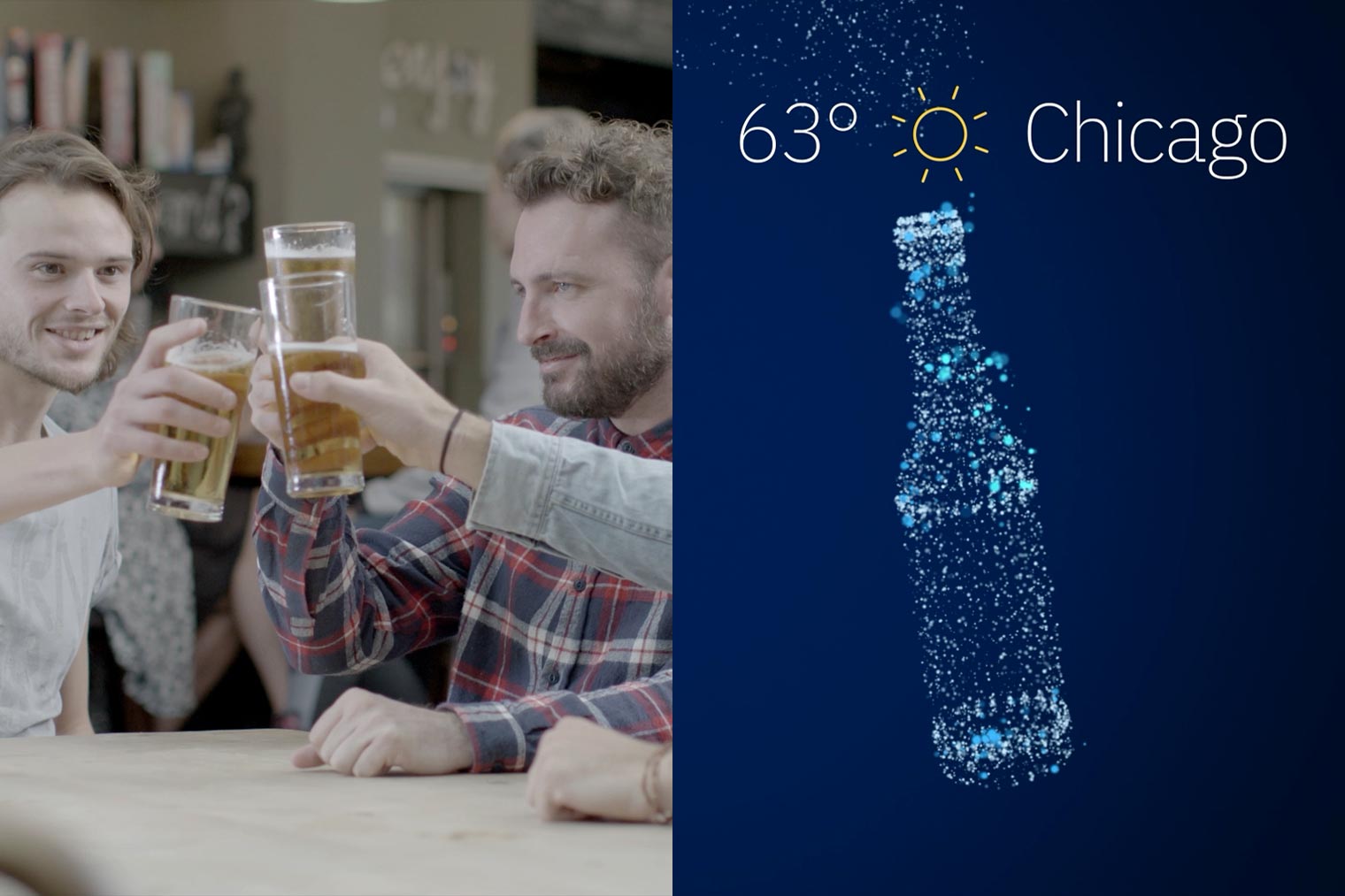Weather intelligence for the future: Crafting a strategic enterprise approach to changing environmental conditions
Continue readingSince waiting for Google to deprecate the third-party cookie feels a bit like waiting for a watched pot of water to boil, visionary marketers are already capitalizing on the renaissance of contextual advertising to supercharge their strategies.
But let’s start with some… context.
Since 1994, third-party cookies have used basic technology to fuel just as basic personalization, but they lacked the dimension that allowed marketers to achieve precision and deep connection. As technology has advanced, consumers are increasingly wary of the overuse of data to make up for the limits of cookies:
- Almost half (46%) of consumers worldwide think promotions based on their activity within 2 minutes of visiting a website or app is “creepy,” according to a Marigold and Econsultancy survey.
- A poll of social media users by social justice organization Global Witness and YouGov found that 57% of people said, “I don’t want my personal data being used to target me with any ads, either commercial or political.”
Now, marketers are excited to re-focus their data strategies toward a more privacy-friendly and human-first approach.
One strategy that’s very much a part of that future ecosystem is the legacy solution of contextual targeting, given its ability to personalize relevant media messages without cookies. But to truly be innovative, we need to broaden the definition of contextual targeting’s capabilities and how effective it can be.
Contextual targeting in 2024 has the potential to be so much more visionary than activating media tied to simply a few words on a page. It’s emotional, it’s environmental, it’s personal–not to mention, it’s effective.
When contextual targeting is used to its full capacity, it supercharges smarter advertising decisions, influencing and reflecting media consumption according to a person’s physical environment and emotional state.
But how exactly can marketers use data to better connect to a person’s state of mind? And even more, how do they reach people in real-time when they are making those emotionally-driven decisions? Enter weather data.
Weather data is the ultimate contextual accelerant
Weather is a hyper-local signal that influences every aspect and decision—consciously or not—of people’s lives. It influences how we feel, what we do, where we go, and what we buy.
Advertisers have long used weather data to target specific products based on changing conditions. Think of a coffee brand switching beverage messages from warm to cold as the seasons change, or a cruise line showcasing images of warm locales in the depths of winter. Think of yourself lounging poolside with the sun shining based on the weather forecast–sounds nice, right?
While all great, effective, and somewhat obvious use cases, weather data presents a more nuanced and much deeper understanding of the consumer with a holistic, multilayered view that goes far beyond surface-level transactions. With The Weather Company’s Weather Targeting suite of signals, brands are tapping into a much more inspired set of data and use cases that are richer and more privacy-friendly cookie alternatives.
Here’s why:
- Contextual weather data enables rigorous privacy and ethical standards while still achieving scalable precision. The unique combination of proprietary and NVIDIA AI-based technologies along with deep expertise from over 100 meteorologists allow us to deliver the most accurate and trusted weather data. That combination is one of the reasons that ForecastWatch, the only globally recognized measure of forecast accuracy, named us The Most Accurate Forecaster1, 3 times more likely to deliver an accurate forecast than our closest competitor. In addition, our consumer brand, The Weather Channel, was named a Top 10 Most Trusted brand.2
- Weather data presents a more nuanced and deeper understanding of the consumer. That’s because weather information not only reaches people during specific conditions, but also when they’re in the right mindset; often when they are motivated to do something. Consider the national department store that recently tapped into weather signals to predict when consumers needed retail therapy (due to lousy weather), or when they were feeling optimistic and eager to spend (sunny, bright skies brightened the “outlook,” in more ways than one). That retailer saw a 26% incremental jump in foot traffic by tapping into those signals.
- Weather data can help drive timely demand. With a personalized message at the right time, precise weather insights motivate behavior and drive action–within seconds of the message being seen. For example, a travel bureau recently activated messaging to consumers in snowy climates with invitations to warm escapes, generating a 57% surge in time spent on the bureau’s site when those blustery conditions made them crave being anywhere else.
- Weather information can predict utility, ultimately increasing brand preference. TruFuel, a premixed fuel product that powers outdoor equipment, leveraged the connection between weather and power equipment to engage people ahead of severe weather in their area. Knowing that 54% of people look to brands for tips and solutions around electricity and/or portable power solutions during inclement weather, TruFuel activated contextually relevant creative. The intelligent creative aligned generator messaging with a person’s real-time weather conditions, resulting in a CTR 8 times higher and a 7% lift in purchase intent.
With the right signals, contextual targeting is evolving into a dynamic and lasting solution for performant media strategies. Brands, like the ones above, are able to achieve holistic relevance that drives action, all while respecting the privacy of their customers.
As the advertising industry nears the end of one era and the beginning of another, the call for strategic and innovative signals like weather data is at an all-time high, and the opportunity is ripe for marketers to be first movers in setting the tone.
Sunny skies ahead, indeed.
Let's talk
What’s your weather strategy? To learn more about harnessing the power of weather to increase engagement and drive growth, contact our advertising experts today.
Contact us1 ForecastWatch, Global and Regional Weather Forecast Accuracy Overview, 2017-2022, commissioned by The Weather Company
2 According to a Morning Consult May 2023 survey: The Weather Channel brand was the #9 most trusted brand in the US. The surveys were conducted from 3/3/2023 through 4/3/2023, among a nationally representative sample of 799 to 8,434 U.S. adults.




